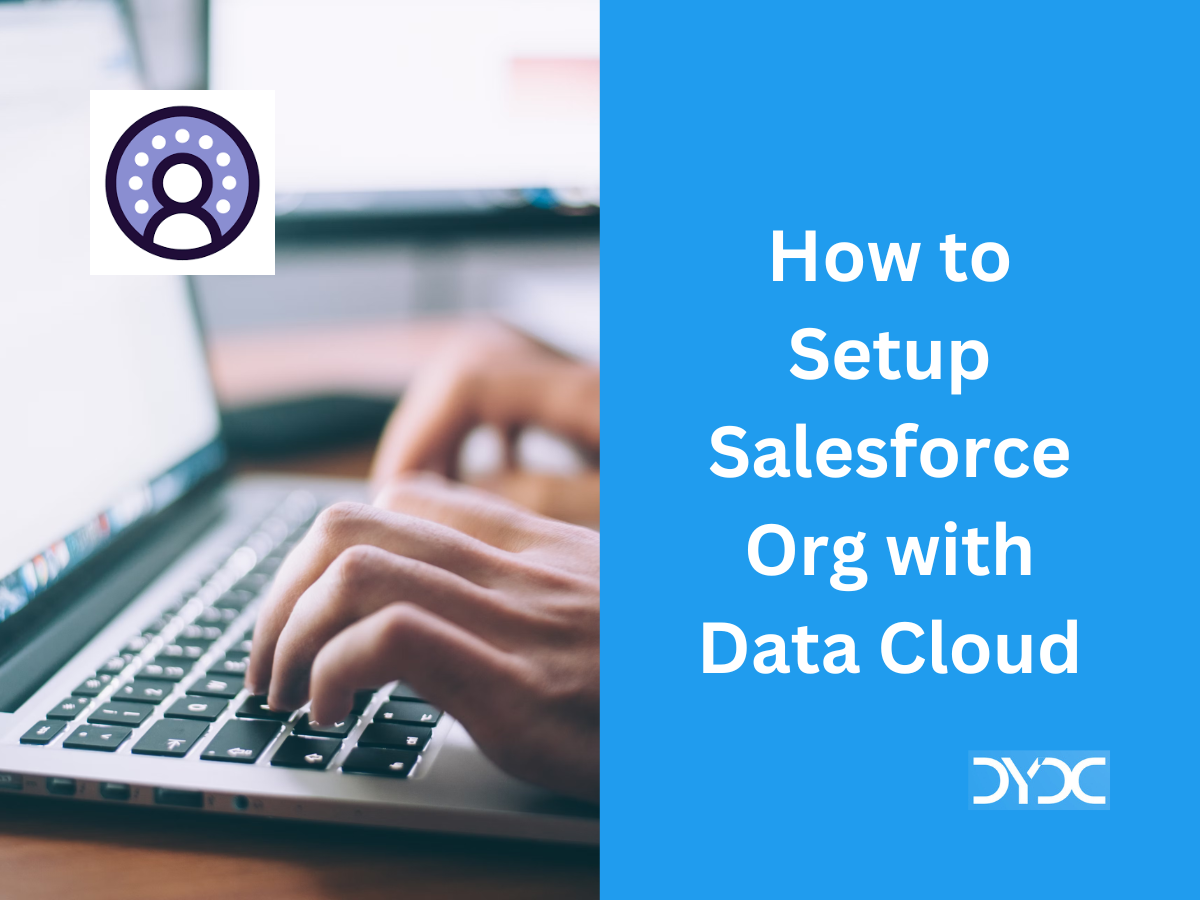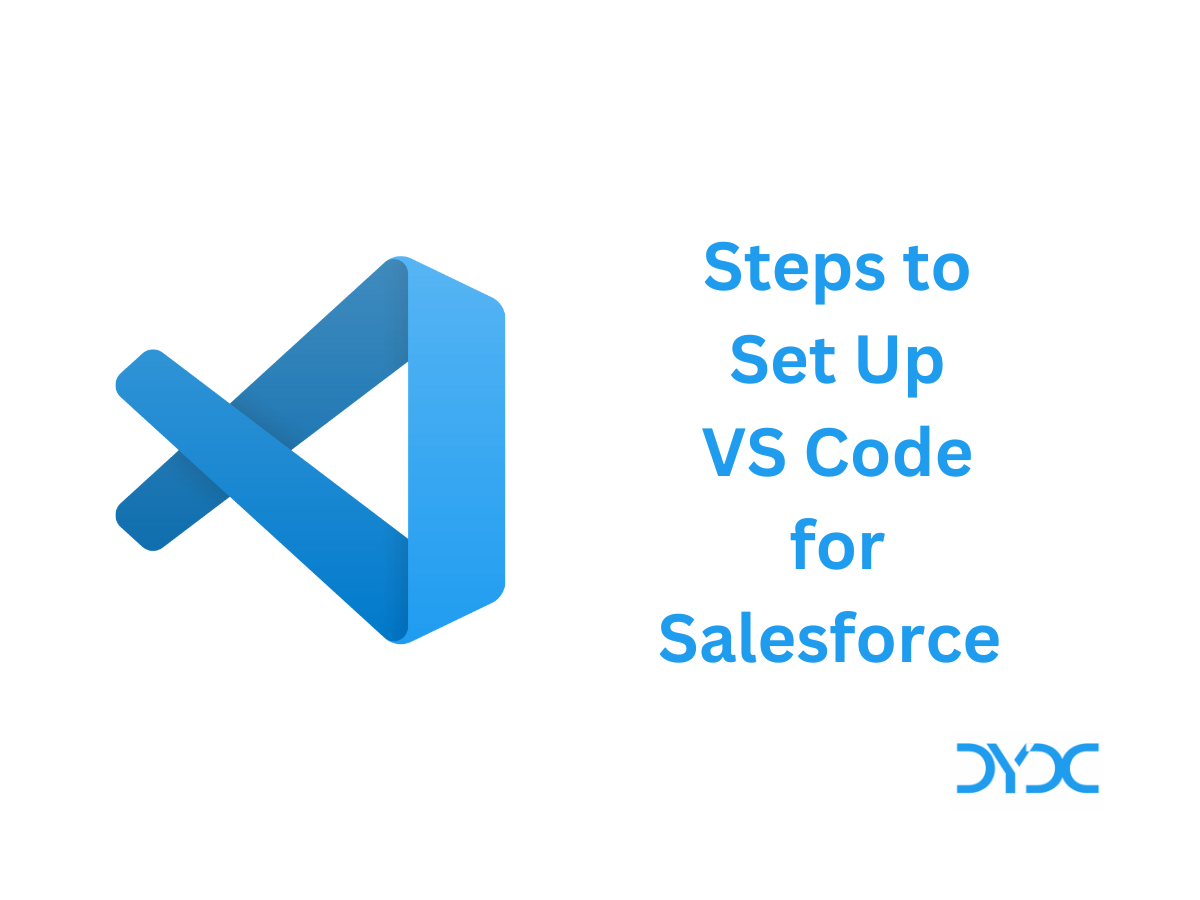Enhanced Domains in Salesforce Explained.
1. What are Enhanced Domains?
With enhanced domains, your company-specific My Domain name is included in your URLs, including Salesforce Sites and Experience Cloud sites. Instance names are removed, and package names are removed from some URLs. With no instance names, enhanced My Domain URLs are easier for users to remember and remain stabilized when your org is moved to another Salesforce instance. Consistent domain formats improve the user experience and standardize URLs for use in custom code and API calls. Salesforce enhanced domains also comply with the latest browser requirements, allowing your users to access Salesforce using browsers that block third-party cookies.
Enhanced domains provide multiple benefits:
- Branding: All URLs across your org contain your company-specific My Domain name, including URLs for your Experience Cloud sites, Salesforce Sites, Visualforce pages, and content files.
- Stability: With no instance names, your org’s URLs remain stabilized when your org is moved to another Salesforce instance.
- Compliance: Enhanced domains comply with the latest browser requirements. Specifically, they avoid third-party cookies, otherwise known as cross-site resources.
When you enable enhanced domains, the domain suffix—the part after the My Domain name—changes for Experience Cloud sites, Salesforce Sites, content files, Site.com Studio, Experience Builder, and Visualforce URLs. And sandbox org URLs include the word “sandbox,” making it easy to identify a sandbox org from its URL.
Enhanced domains are available in Hyperforce orgs and in orgs with a deployed My Domain routed through Salesforce Edge Network. They aren’t available in scratch orgs or in Developer Edition orgs.
2. My Domain URL Formats with Enhanced Domains
Here are some My Domain URL formats with enhanced domains. The login URL is the same as without enhanced domains, but the rest of the URLs change.
| URL TYPE | ENHANCED DOMAIN FORMAT |
|---|---|
| Login | MyDomainName.my.salesforce.com |
| Content files | MyDomainName.file.force.com |
| Experience Cloud sites | MyDomainName.my.site.com |
| Experience Builder | MyDomainName.builder.salesforce-experience.com |
| Salesforce Sites | MyDomainName.my.salesforce-sites.com |
| Visualforce pages | MyDomainName--PackageName.vf.force.com |
| Sandbox login | MyDomainName--SandboxName.sandbox.my.salesforce.com |
| Experience Cloud sites in a sandbox org | MyDomainName--SandboxName.sandbox.my.site.com |
For a full list of URL formats and URL format changes when deploying a My Domain with enhanced domains, see My Domain URL Formats in Salesforce Help here!
3. What are the timelines for enabling Enhanced Domains in Salesforce Orgs?
Salesforce enforces enhanced domains for sandboxes and non-production orgs in Winter ’23. You can postpone the enforcement using the My Domain setting. They’re required for production orgs and all other remaining orgs in Spring ’23.
4. How can I enable Enhanced Domains?
4.1 Steps to enable Enhanced Domains
- From Setup, in the Quick Find box, enter My Domain, and then select My Domain.
- Under My Domain Details, select Edit.

- If more suffixes are available for your org’s My Domain, a suffix dropdown list appears. Enhanced domains can only be enabled for the Standard suffix.
- Select Use enhanced domains.
- Save your changes.
5. What are the potential impacts of Enhanced Domains enforcement?
Some of potential impacts are:
- Users can experience errors when attempting to access Salesforce, including but not limited to Experience Cloud sites, Salesforce Sites, and Visualforce pages.
- Some embedded content stored in Salesforce no longer appears.
- Third-party applications can lose access to your data.
- Single sign-on integrations with sandboxes can fail.
- Single sign-on integrations with orgs using the *.cloudforce.com and *.database.com domain suffixes can fail.
To avoid these issues, it is recommended that you test enhanced domains in a sandbox and enable enhanced domains in production before the release update is enforced.
6. Additional Resources
- Considerations for Enhanced Domains
- Update Your Org and Test My Domain Changes
- Allow the Required Domains
Disclaimer: This article is a brief summary of information available about Enhanced Domains in Salesforce Documentation. Please refer to Salesforce Help for latest information.
Recommended Articles









Hi
Greetings
Mr. Dinesh so this is the spring update , so how Enahance domain are impact on a business strategy can you share about it.
Thanks&Regards
Harsh Gupta